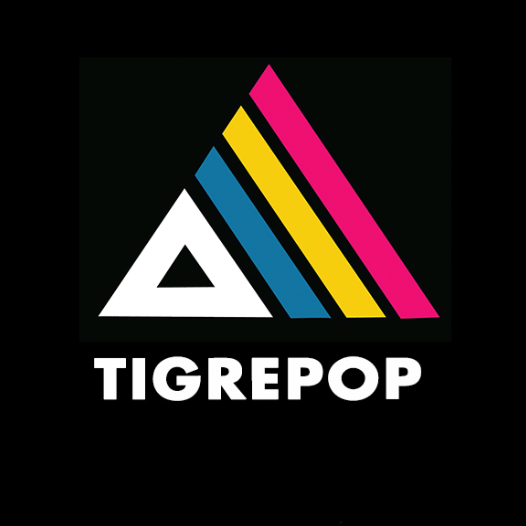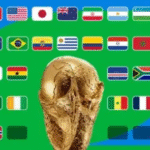In a world where cartoons compete for attention with fast-paced action and loud colors, Pinky Dinky Doo stood out with a formula as simple as it was powerful: telling stories. This animated series, created by Jim Jinkins the same mind behind Doug first aired in 2005 and quickly became an educational staple for preschool-aged children.
So, who is Pinky Dinky Doo? She’s a seven-year-old girl with bright pink hair, giant pigtails, and an even bigger vocabulary. Each episode begins with a relatable problem affecting her younger brother, Tyler. In response, Pinky sits in her “thinking chair,” says the magical phrase “I’m going to tell a story!” and launches into a whimsical adventure that cleverly mirrors and solves the real-life dilemma.
Pinky’s charm lies in her unique storytelling style: overflowing imagination mixed with playful language lessons. “Big words” are introduced and explained in a fun, accessible way. Kids aren’t just entertained they’re learning how to communicate, think creatively, and express themselves.
Visually, Pinky Dinky Doo was refreshingly different. Its art style felt like a mix between digital collage and crayon drawings a design choice that reflected the “made-by-kids” spirit. Catchy songs and recurring phrases helped create a memorable identity that stood out among a sea of generic children’s programming.
One of the show’s greatest contributions was its focus on early literacy. Each episode introduced a “Great Big Fancy Word” like extravagant or bouncy, encouraging children to expand their vocabulary. By inviting kids to guess how stories should end, the show also fostered problem-solving, imagination, and language development.
Pinky didn’t just entertain she taught kids how to be storytellers. In an overstimulated media environment, this show reminded children that with just a little imagination, they could reshape the world around them. Whether it was a princess playing soccer or a monster doing salsa, Pinky’s tales were fun, surprising, and full of positive values.
Although it didn’t air for many years, its legacy endures. The series was broadcast in countries around the world and translated into multiple languages, proving that the power of words knows no borders. To this day, many teachers and parents still recommend Pinky Dinky Doo as a fun and effective tool for reinforcing reading and language skills.
Today, in a world where screens dominate children’s attention, Pinky Dinky Doo stands as a shining example of what educational TV can achieve entertaining without underestimating a child’s intellect.
Pinky taught us that if you have a story in your head and the right words at your fingertips, you can change your world and maybe even someone else’s.
















